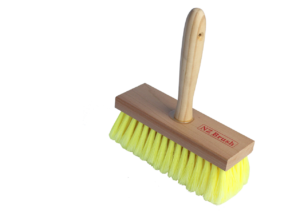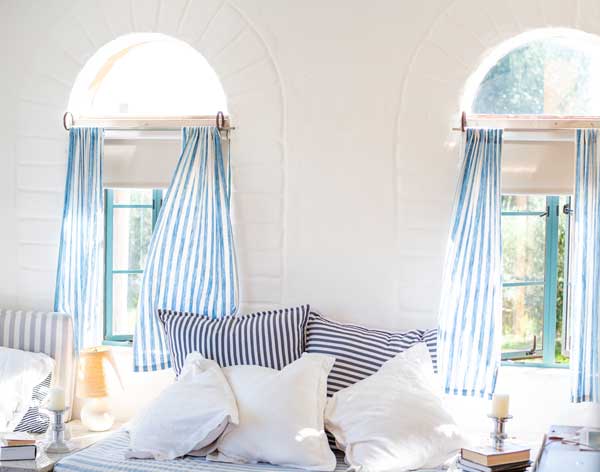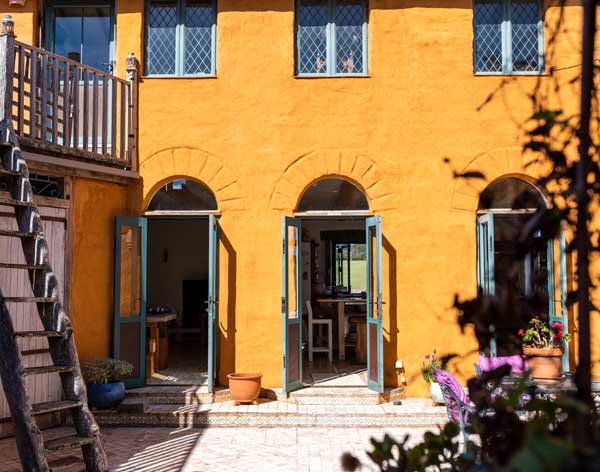Vernacular Recipes
Whitewash
- 1 Bag of Hydrated Garden Lime
- PVA glue
- Water
- 2 buckets
- Whitewash brush
Fill a bucket with lime
Add water to the consistency of milk
Let sit. Best if for days or weeks, but hours at a minimum.
Pour one-day’s mix into a second bucket
Add PVA glue in a 30:1 ratio (say 1litre of lime/water and 30 ml of PVA glue). Mix.
B est to use a whitewash brush if you can find one.
est to use a whitewash brush if you can find one.
Brush on the wall. It will look like milk and you will wonder if you are doing it wrong.
Next morning when dry, it will be bright white, no gloss (if glossy, you put in too much glue). If it comes off on your fingers, add more glue for the next coat.
Three coats. Best to let dry overnight for each.
Unlike paint, whitewash is just recoated. None of the miserable preparation of paint. Spills on the floor clean up with a damp cloth.
The reason whitewash is not popular is the absence of a profit margin. With a bag of lime costing $20 and it will do a whole house, stores rather sell paint.
Legal Stuff: Google “Hydrated Lime Safety Data Sheet“, inform yourself as to the hazards and handling according to recommendations. Wear protective gloves. Wear eye or face protection. Wear protective clothing. Avoid release to the environment. Do not breathe dust when mixing. Wash thoroughly after handling.
Earthbrick Exterior Slurry
In an earthbrick building, the bricks are porous and will wick moisture inside, creating mould. They are first rendered with a mix of sand and cement applied with heavy rubber gloves. Suggest you add some marigold oxide so the undercoat is brown if the slurry wears off. Cement grey is depressing.
Initially, we used local red clay and cement for the slurry, but our horizontal rain blasted it off in a year. So we found a German product called Putz-Technik.
- Putz-Technik PT30
- Cemix Yellow Oxide
- Cemix Marigold Oxide
- Water
- Whitewash brush or broom
Place half a bag (12 kg) of PT 30 into a bucket
Add 2 parts marigold to one part yellow oxide. We use a 1 litre yogurt container for marigold and 1/2 litre for yellow. Experiment with colour, but document it.
Mix with water until the consistency of porridge.
Put down tarps to protect the ground. Use scaffolding not ladders for reach.
Wet wall with a water blaster. Remove any previous slurry that will come off. Remove any black mould or anything else you don’t want under the new slurry.
Brush on the mix. Develop a technique and experiment so most ends up on the wall, not on the ground or on your scaffolding.
Keep wetting the wall, and you may need to add water to the mix as time goes on.
Legal Stuff: PT30 is a cement and sand render with proprietary adhesives. Wear protective gloves. Wear eye or face protection. Wear protective clothing. Avoid release to the environment. Do not breathe dust when mixing. Wash thoroughly after handling.

